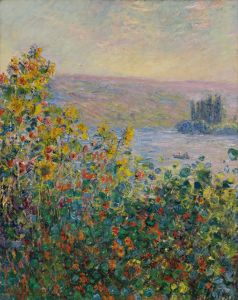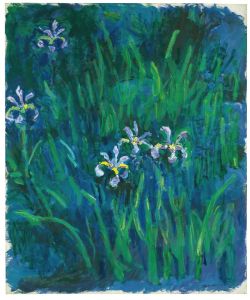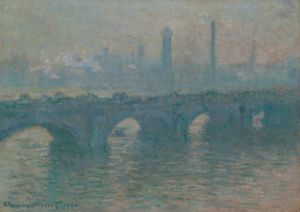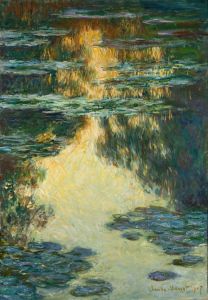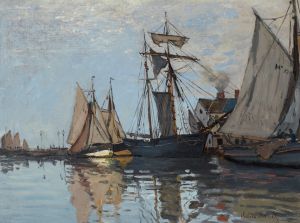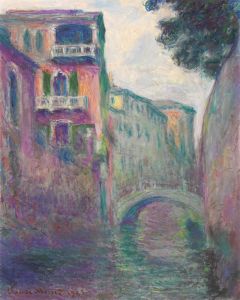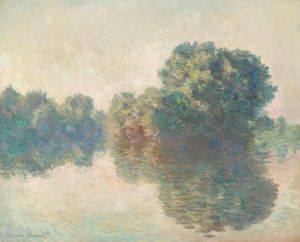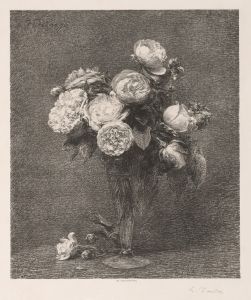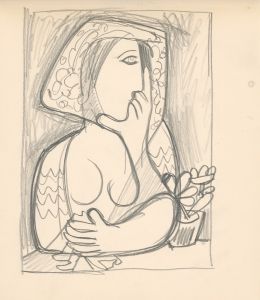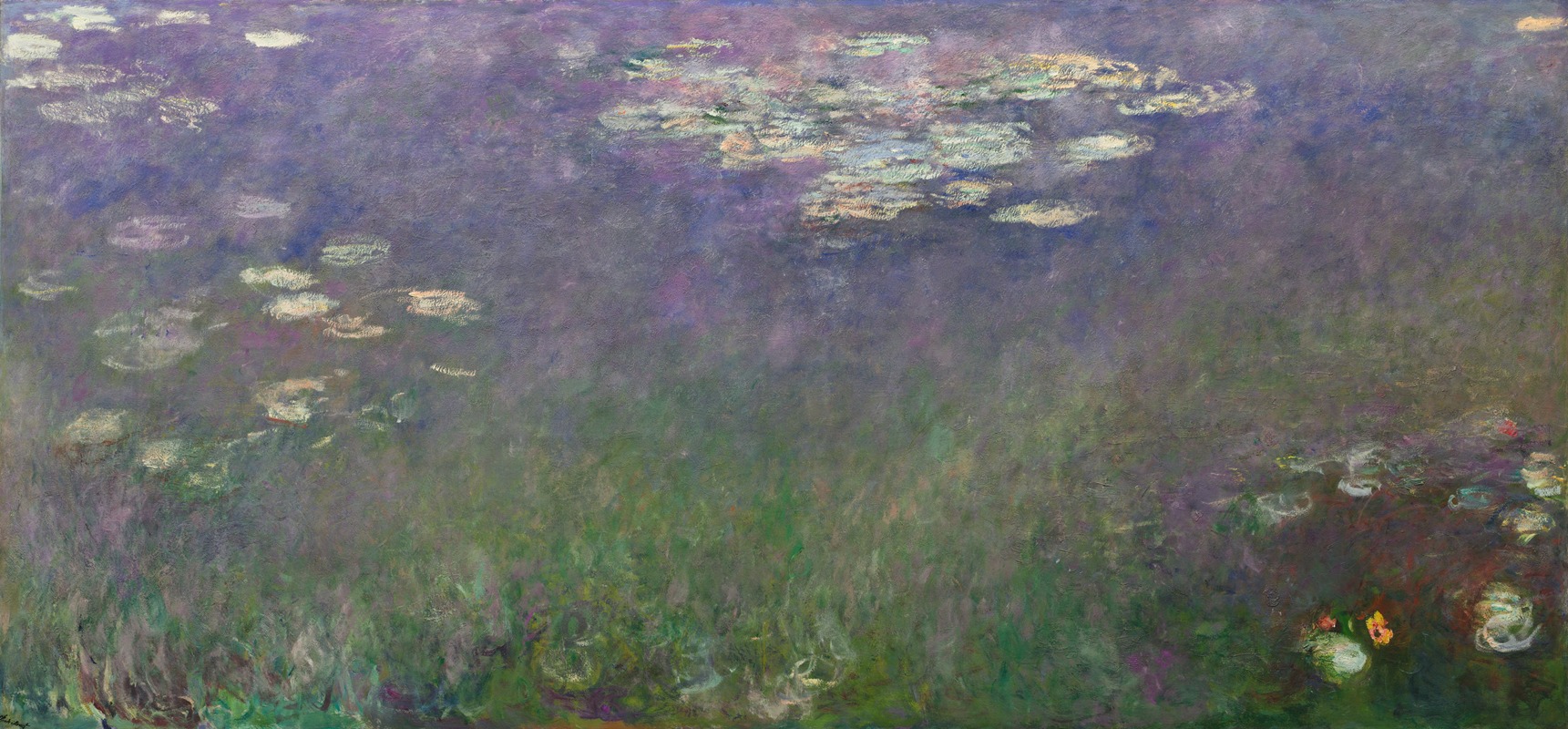
Water Lilies
A hand-painted replica of Claude Monet’s masterpiece Water Lilies, meticulously crafted by professional artists to capture the true essence of the original. Each piece is created with museum-quality canvas and rare mineral pigments, carefully painted by experienced artists with delicate brushstrokes and rich, layered colors to perfectly recreate the texture of the original artwork. Unlike machine-printed reproductions, this hand-painted version brings the painting to life, infused with the artist’s emotions and skill in every stroke. Whether for personal collection or home decoration, it instantly elevates the artistic atmosphere of any space.
The "Water Lilies" series by Claude Monet is a collection of approximately 250 oil paintings that depict Monet's flower garden at his home in Giverny, France. These works were created during the last three decades of Monet's life, from the late 1890s until his death in 1926. The paintings are celebrated for their innovative approach to composition, color, and light, and they are considered masterpieces of Impressionism.
Monet's garden in Giverny served as the primary inspiration for the series. He designed and cultivated the garden himself, including a water lily pond and a Japanese-style bridge, both of which became recurring motifs in his art. Monet was deeply interested in capturing the changing effects of light and atmosphere on the water's surface, as well as the reflections of the sky, clouds, and surrounding vegetation. The "Water Lilies" paintings often focus on the surface of the pond, eliminating the horizon line and creating an abstract, immersive quality.
The series includes works of varying sizes, with some of the most famous examples being the large-scale panels Monet created in the later years of his life. These monumental works, known as the "Grandes Décorations," were designed to envelop the viewer in a panoramic experience. Monet donated these panels to the French state in 1922, and they are now permanently displayed in two oval rooms at the Musée de l'Orangerie in Paris. The installation was inaugurated in 1927, shortly after Monet's death.
Monet's "Water Lilies" series reflects his evolving artistic style and his experimentation with abstraction. As his eyesight deteriorated due to cataracts in his later years, his brushwork became looser and more expressive, and his use of color became more vibrant. Despite his health challenges, Monet continued to paint prolifically, driven by his fascination with the interplay of light, water, and nature.
The "Water Lilies" paintings have had a profound influence on modern art, inspiring later movements such as Abstract Expressionism. They remain some of the most beloved and widely recognized works in the history of Western art. Today, examples from the series can be found in major museums and private collections around the world, including the Musée d'Orsay in Paris, the Metropolitan Museum of Art in New York, and the Art Institute of Chicago.





